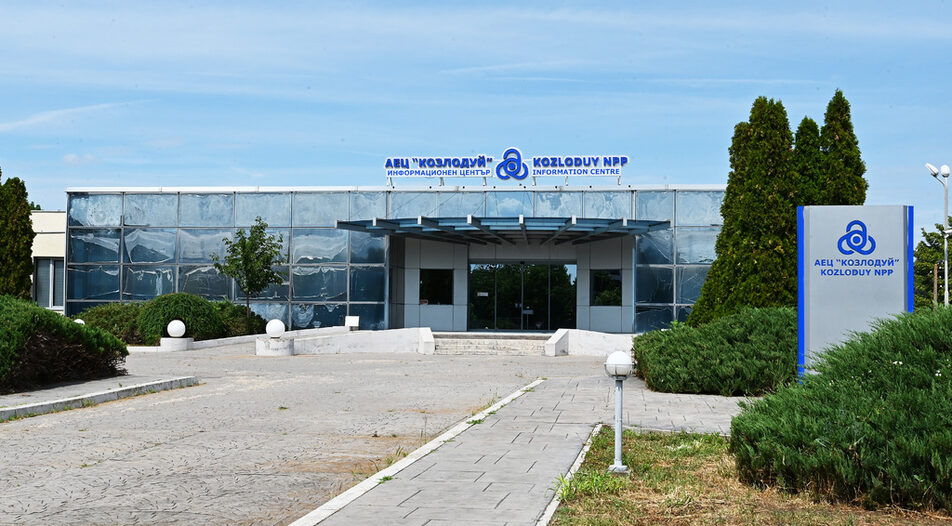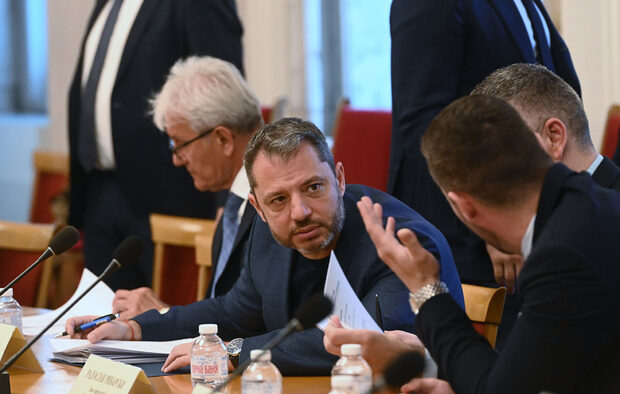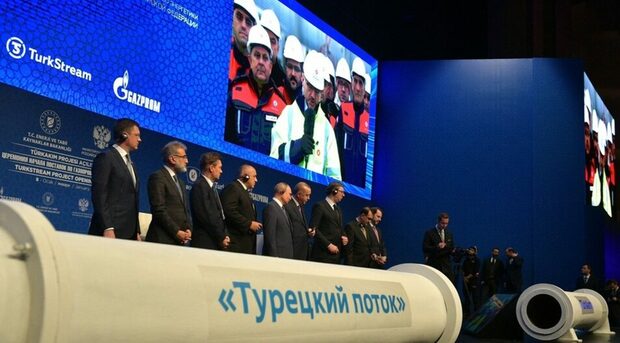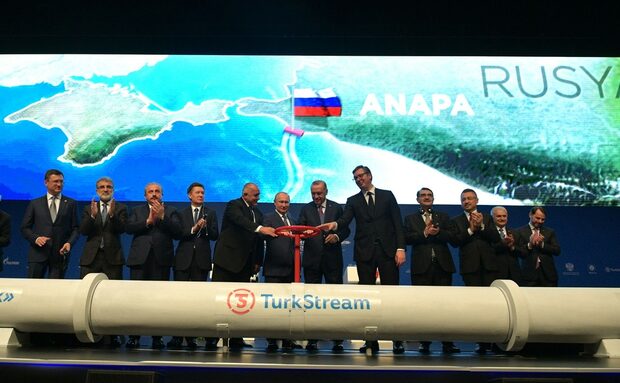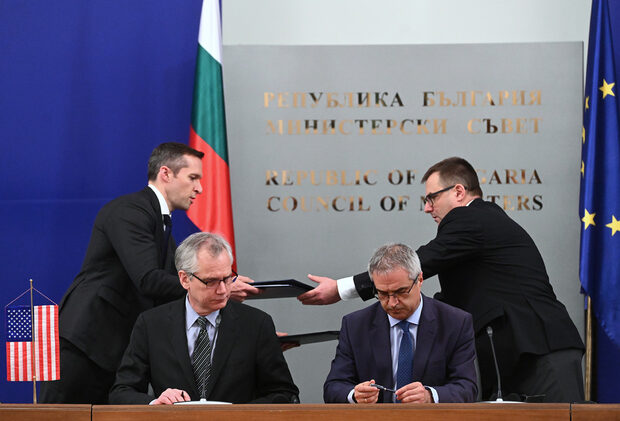"When people are not working much, everything is fine." You certainly wouldn't hear CEOs saying that about their employees often. But Nasko Mikhov, an ex-head of Kozloduy Nuclear Power Plant, is an exception. The best case scenario for the control room in the plant is to be full of composed engineers monitoring the devices.
Kozloduy NPP is the largest producer of electricity not only in Bulgaria, but also in the region of Southeast Europe. But even though it pays some of the highest wages in the country, finding and attracting staff is far from easy.
At the same time, the NPP is an exception to the rule that state-owned companies cannot make a profit, setting a record for 2021 with earnings of nearly 1 billion levs (511 million euros). As of the first half of this year, there is a new record - the profit tops 1.7 billion levs, which makes Kozloduy the most profitable company in Bulgaria.
This, of course, is a consequence of the rise in power prices driven by Russia's war on Ukraine. But it's also a good opportunity to look at the way the money machine works.
How it all started
The decision to develop nuclear power industry in Bulgaria was taken on July 15, 1966. Then a cooperation agreement was signed between Bulgaria and the Soviet Union for the construction of a nuclear power plant. After an analysis, the site on right bank of the Danube River, near Kozloduy, was chosen. Basically, all nuclear power plants are situated close to a large waterbody so that the water can be used for cooling the reactors. Kozloduy is situated 190 km north of Sofia - a distance usually covered by car in 2.5 hours.
The projects for the plant were prepared by Toploelektroproekt - Moscow and Energoproekt - Sofia. The main equipment is Russian, but there were also supplies from the German Democratic Republic, Czechoslovakia and Hungary.
The main building of the plant is 240 m long, 105 m wide and 40 m high. It houses the reactor hall, the engine room, the ventilation center and the electricity generation equipment of the first four 440-megawatt (MW) Russian -designed pressurised water reactors, VVERs.
The first reactor was commissioned in 1974, and the second one - a year later. In 1980 and 1982, the next two reactors were put into operation. And in the period 1987 - 1991, two VVER reactors of 1,000 MW each, Unit 5 and Unit 6, which are located in a separate building, were commissioned.
The plant spreads on 1,000 acres east of the town of Kozloduy. Together with the auxiliary facilities and water canals, the area reaches almost 5,000 acres.
The first four units no longer function - in fulfillment of the commitments undertaken by Bulgaria in connection with its accession to the European Union. The operation of Units 1 and 2 was terminated at the end of 2002, and at the end of 2006 Units 3 and 4 followed suit. But the work on their decommissioning continues to this day, being carried out by State Enterprise Radioactive Waste.
The two functioning Units 5 and 6 have operating licenses valid until 2027 and 2029, respectively. The licenses can be extended for the Unit 5 until 2047 and for Unit 6 until 2051.
Record production and record revenue
From the commissioning of Unit 1 of Kozloduy NPP until the end of 2021, the nuclear power plant has produced 670 million megawatt hours (MWh) of electricity. For comparison, the annual electricity consumption in Bulgaria is about 33 million MWh.
A record production of 20 million MWh was registered in 2002, when all six units of the plant were operational. The closure of the four smaller reactors whose total capacity of 1680 MW equals 85% of the combined capacity of the two larger ones has resulted in a reduction of output to an average of 15 million MWh per year from 2007 to 2017. In the last 4 years, production has increased to 16.5 million MWh per year.
The main reason for this is the shorter periods for repairs in which the units are not working, as well as the increase of their power to 1060 MW each through technological upgrades.
The company told Capital Weekly that for these reasons, in the first half of the year they achieved record high production of electricity by Units 5 and 6 combined - over 8.4 million MWh. And in combination with high energy market prices during the period, the increased output also means record revenue and profit.
According to data provided by Kozloduy NPP, the revenues from the sale of energy in the first 6 months of 2022 exceeded 2.7 billion levs. For comparison - a year earlier the revenue came in at 769 million levs. And although expenses have also increased because of larger contributions to the Electricity System Security Fund, the profit for the period is mind-boggling - 1.7 billion levs. "Realistically, at these electricity prices, the plant makes 10 million levs per day," says ex-executive director ***Nasko Mikhov. Toward the end of August the revenue came in at 20 million levs per day, as electricity prices rose dramatically.
For comparison, the record high revenue of the entire banking system for a year is 1.7 billion levs (achieved in 2018), and the annual budget of Sofia is about 2 billion levs.
This year will certainly be historic for the Bulgarian nuclear power plant from a financial point of view. Its expected annual revenue is about 6 billion levs, and the profit may even reach 4 billion. At current electricity prices, even 4.5 billion levs in profit can be expected.
However, this money will not stay at Kozloduy, nor will almost one billion levs in profit from 2021. Most of it will be used to fund the mechanism for compensation of part of electricity bills of businesses in the country. Bulgaria has capped the electricity prices for industrial consumers and subsidizes the portion of price above 250 levs per mWh. At the same time, prices have risen above levs per mWh in the past few months.
That said, it turns out that businesses buy expensive electricity, the nuclear power plant makes an excess profit, which is then returned to the businesses under the mechanism.
On the hunt for engineers
The average gross salary of employees at Kozloduy NPP was almost 3,900 levs as of June 2022. But there are additional social packages and bonuses for 1,000 levs per month. This certainly sounds impressive to most people and causes some envy. But reality is a little different.
First, in order to receive the high salaries, a person must be part of the engineering team, have a suitable education, have gained the necessary experience and, above all, be ready to live in Kozloduy or in the region.
Despite the big salaries, not everyone is ready for the last step. In the small Danube town, the opportunities for social life are limited, and the lack of good road infrastructure makes it difficult to get to the regional towns or to Sofia.
The average age of employees as of June 30, 2022 was 46 years. Of those nearly 3,900 directly employed, 41% were over 50 years old, and only 6% were under 30.
In the past few years the plant saw a peak of retirements. An average of 150 people a year reach retirement age, and it is increasingly difficult to replace with new ones. Only a few people graduate with majors in nuclear power engineering every year. All are immediately being offered a job at the plant.
The situation is quite desperate as it has reached a point at which engineers from other specialties complete certain qualification courses in order to work at the power plant. Certainly, the decision to build a new Unit 7 would change the situation. A clear prospect of implementation of the project will help create the future energy workers that the country needs. But if the project stalls, after a maximum of 25-28 years the nuclear money-making machine will stop as there will be nothing to retain skilled people in the region.
"When people are not working much, everything is fine." You certainly wouldn't hear CEOs saying that about their employees often. But Nasko Mikhov, an ex-head of Kozloduy Nuclear Power Plant, is an exception. The best case scenario for the control room in the plant is to be full of composed engineers monitoring the devices.
Kozloduy NPP is the largest producer of electricity not only in Bulgaria, but also in the region of Southeast Europe. But even though it pays some of the highest wages in the country, finding and attracting staff is far from easy.








